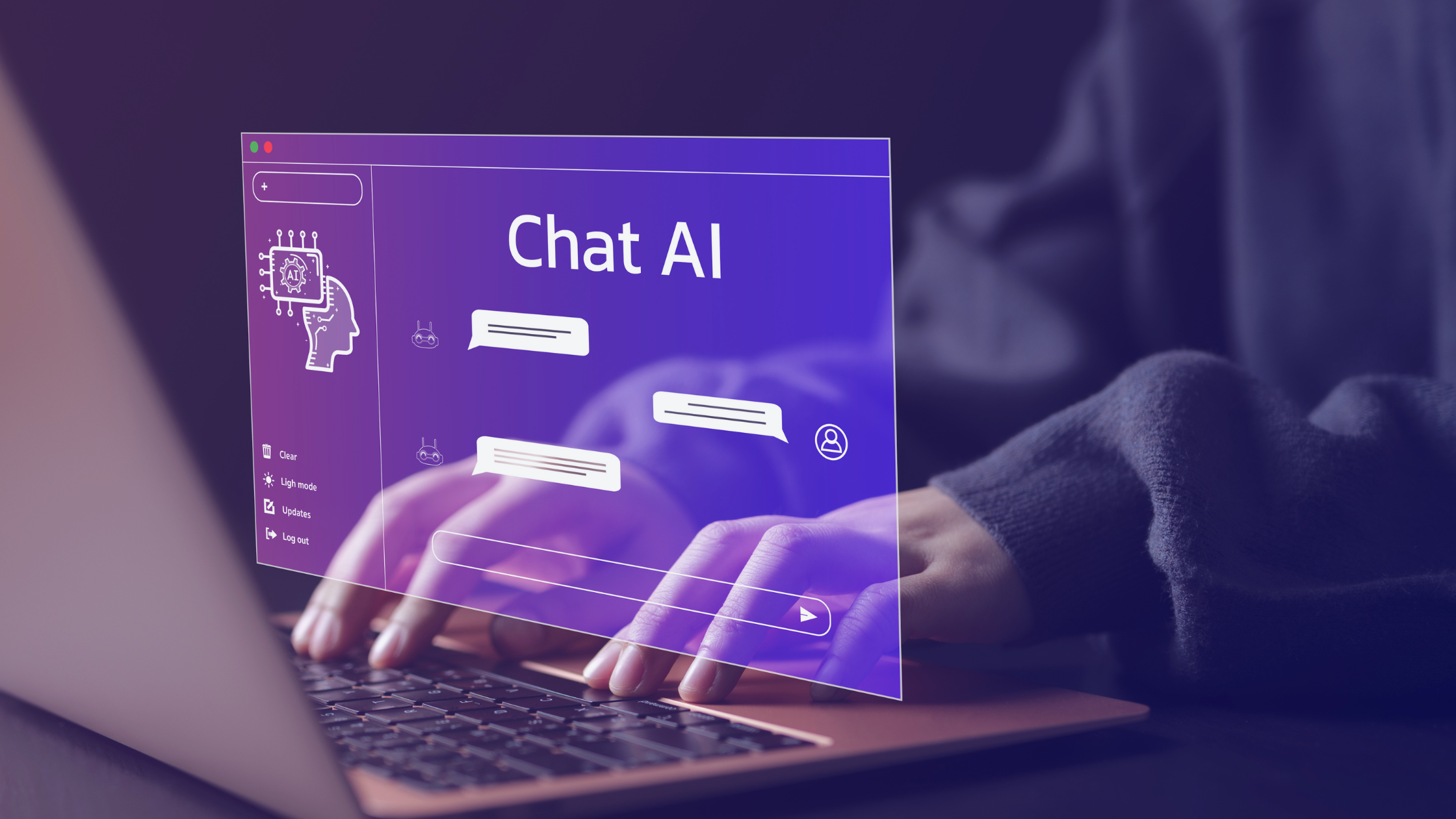Conversational commerce ads are becoming one of the biggest disruptions in digital marketing. As AI assistants like ChatGPT, Gemini, Claude, and Amazon’s Rufus evolve into smart buying companions, users are beginning to shop inside conversations not on websites or apps.
This is the new era of AI-powered shopping, where product discovery, comparisons, recommendations, and purchases happen through natural dialogue. Marketers now need to understand how to appear inside these AI-guided buying moments.
Below are seven powerful positive shifts this new style of conversational commerce is creating for consumers and brands in 2025.
Table of Contents
Toggle1. AI Is Becoming a Personal Shopper
AI assistants are now capable of understanding user needs, preferences, and context. A shopper can simply ask:
“Recommend a skincare routine that fits my budget and reduces acne.”
Instead of showing a list of links, the AI provides:
-
A personalized routine
-
Explanations
-
Product matches
-
Pricing options
-
One-click purchase links
This creates a seamless AI-powered shopping experience, replacing long browsing sessions with intelligent guidance.
2. ChatGPT Conversation Ads Deliver Hyper-Personalized Recommendations
These conversational suggestions don’t interrupt they assist.
They blend into the natural flow of the dialogue.
Example:
User: “I’m looking for a laptop for video editing.”
ChatGPT: “Here are the top three models based on speed, storage, and budget. Would you like a comparison?”
This feels like help, not advertising, which builds trust and trust drives conversions.
ChatGPT-driven suggestions rely on:
-
Past preferences
-
Real-time context
-
Product details
-
Predictive insights
This leads to buying experiences that are more accurate than traditional ads.
3. The AI-Powered Buying Journey Is Replacing Traditional Funnels
The old shopping funnel looked like:
Awareness → Search → Click → Read → Compare → Buy
AI shortens the entire journey to one interaction:
Ask → Compare → Choose → Buy
This removes friction and speeds up decision-making. It also means brands must start optimizing to appear inside AI-driven buying pathways, not just search engine results.
This is the foundation of the new conversational purchasing journey.
4. In-Chat Advertising Feels Helpful, Not Intrusive
In-chat promotions work because they align with user intent. Instead of forcing ads, AI assistants present products only when relevant.
Examples:
“I need running shoes.”
“I want to set up a home office.”
“Suggest healthy snacks under ₹300.”
The AI responds with:
-
Recommendations
-
Curated options
-
Product comparisons
-
Expert-style advice
These suggestions feel personalized instead of promotional a major reason users convert more often.
5. Conversational Marketing 2025 Blends Voice, Text, and Multimodal AI
In 2025, conversational marketing combines:
-
Voice queries
-
Text conversations
-
Image-based search
-
Product scanning
-
Multimodal interactions
For example, a user can upload a photo of their room and ask:
“Recommend decor items that match this style.”
The AI then offers product suggestions tailored to the image.
This creates an interactive shopping experience traditional ads can’t compete with.
6. AI-Powered Shopping Improves Attribution and ROI
Because AI assistants manage the full journey, brands finally gain clarity on:
-
Which conversation sparked interest
-
Which recommendations influenced decisions
-
What led directly to a sale
This level of AI-driven attribution offers insights far more accurate than cookie tracking.
It also helps brands refine:
-
Product positioning
-
Messaging
-
Ad creatives
-
Offers
AI-powered shopping is shaping a smarter, data-rich future for advertisers.
7. AI Shopping Assistants Will Become New Marketplaces
As more users buy through conversations, AI assistants will become major discovery platforms similar to Google, Amazon, or Instagram.
Brands must optimize for:
-
AI visibility
-
Structured product data
-
Reliable reviews
-
Clear descriptions
-
Competitive pricing
-
Conversational search behavior
This isn’t traditional SEO; it’s AIO: AI Interaction Optimization.
Brands that adapt early will lead the next wave of conversational marketing.
Conclusion
Conversational commerce is not just an evolution it’s a revolution. AI conversations are quickly becoming the new shopping interface, and brands must prepare to meet customers inside these intelligent, real-time interactions.
To stay visible, businesses must:
-
Adapt to conversational buying journeys
-
Create structured, high-quality product content
-
Embrace in-chat advertising formats
-
Understand how ChatGPT-based recommendations work
-
Optimize for AI-powered shopping environments
The future of digital commerce is conversational and it’s already here.
CuriousMind Consulting can help you prepare your brand for this AI-driven marketplace.








